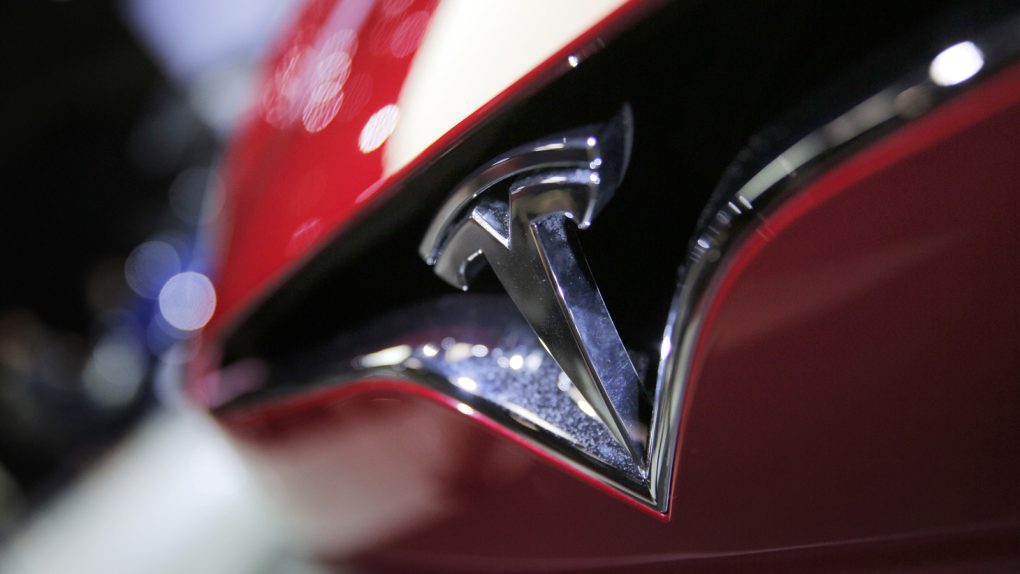In March of 2018, a Tesla Model X on a California freeway drove straight into a highway divider whereupon the car’s battery pack burst into flames. Tragically, the driver of the Model X was killed in the crash. At the time of the accident, the Model X driver had the Autopilot feature engaged, a fact which led many to ask about the utility and safety of the feature altogether.
A little less than two years later, we now have some more information about the crash. According to a new report from the National Transportation Safety Board (NTSB), the Model X involved in the crash had veered towards the highway divider on a handful of previous occasions.
“The situation occurred four days before at the same location as the March 2018 crash and several weeks earlier, the National Transportation Safety Board said in a preliminary report, citing data from the Tesla SUV’s computer.
The report further states that the Model X driver — Walter Huang — had previously complained that the car had a tendency to veer towards the highway barrier during his daily commute to work.
“Walter said the car would veer toward the barrier in the mornings when he went to work,” the Huang family’s attorney wrote in a response to NTSB questions.
To this point, Huang’s wife Sevonne sat down for an interview with ABC shortly after the 2018 accident and revealed the following:
Sevonne Huang: “And he want to show me, but a lot of time it doesn’t happen.” Dan Noyes: “He told you that the car would drive to that same barrier?” Sevonne: “Yes.” Noyes: “The same barrier that he finally hit?” Sevonne: “Yeah, that’s why I saw the news. I knew that’s him.”
Notably, Huang’s family is suing Tesla over the crash.
Shortly after last year’s incident, Tesla issued the following statement on the crash:
In the moments before the collision, which occurred at 9:27 a.m. on Friday, March 23rd, Autopilot was engaged with the adaptive cruise control follow-distance set to minimum. The driver had received several visual and one audible hands-on warning earlier in the drive and the driver’s hands were not detected on the wheel for six seconds prior to the collision. The driver had about five seconds and 150 meters of unobstructed view of the concrete divider with the crushed crash attenuator, but the vehicle logs show that no action was taken.
Of course, Tesla’s statement begs the question: Why didn’t the vehicle’s software take any defensive action with 150 meters and five seconds to spare?
As to how the crash transpired, a Tesla owner recorded this video in the wake of the crash where we can see a Tesla on Autopilot almost careen into a highway divider before the driver assumes control of the car.
For what it’s worth, Tesla over the past few years has issued a number of statements which drive home the point that Autopilot is not meant to be a replacement for driver responsibility.
As a prime example, Tesla issued the following statement to ABC News back in 2018:
Autopilot does not, as ABC 7’s reporting suggests, make a Tesla an autonomous car or allow a driver to abdicate responsibility. To review it as such reflects a misrepresentation of our system and is exactly the kind of misinformation that threatens to harm consumer safety. We have been very clear that Autopilot is a driver assistance system that requires the driver to pay attention to the road at all times, and it has been found by NHTSA to reduce accident rates by 40%. It would be highly unfortunate if news stories like this influenced people to not use a system that adds to safety.
Notably, Tesla has used the fact that Huang had previously experienced problems with Autopilot in that geographic area as something of an excuse.
“According to the family, Mr. Huang was well aware that Autopilot was not perfect and, specifically, he told them it was not reliable in that exact location, yet he nonetheless engaged Autopilot at that location,” Tesla said back in April of 2018. “The crash happened on a clear day with several hundred feet of visibility ahead, which means that the only way for this accident to have occurred is if Mr. Huang was not paying attention to the road, despite the car providing multiple warnings to do so.”
Lastly, the recnet NTSB report relays that Huang was likely playing a game on his phone at the time of the accident, though it remains unclear where his eyes were focused during the seconds preceding the impact.








